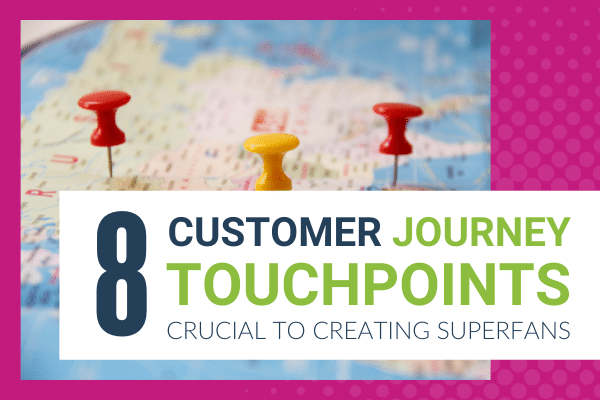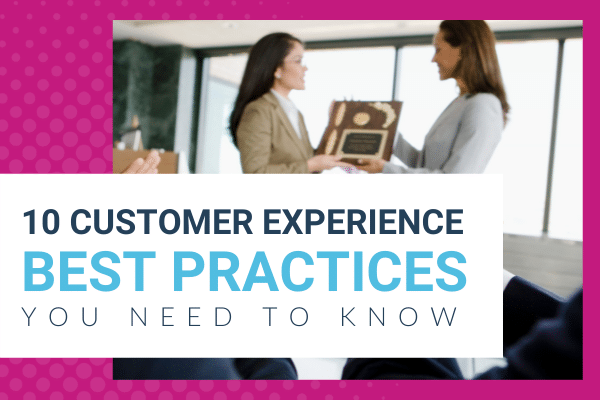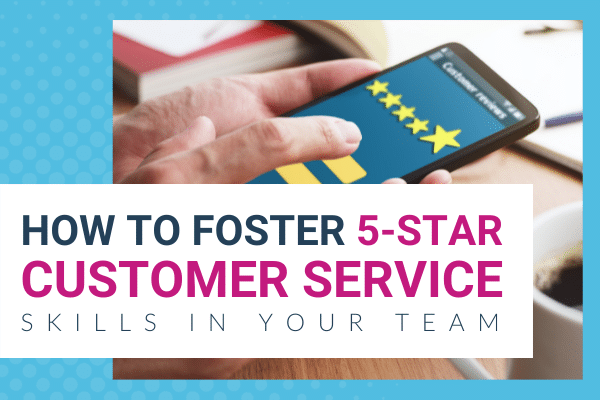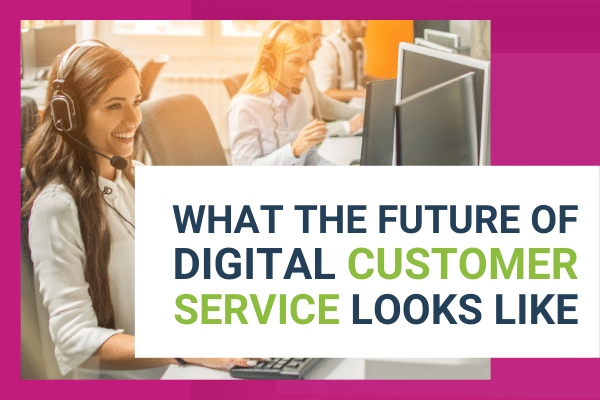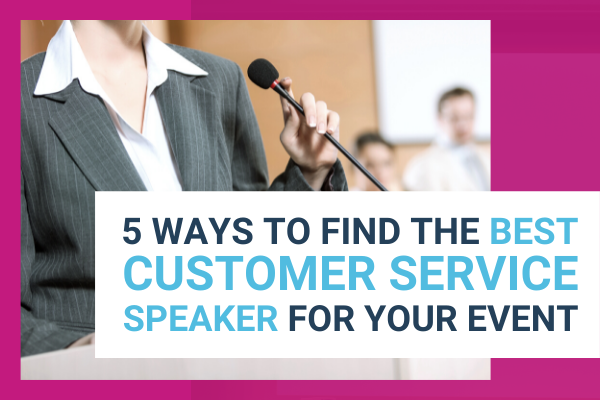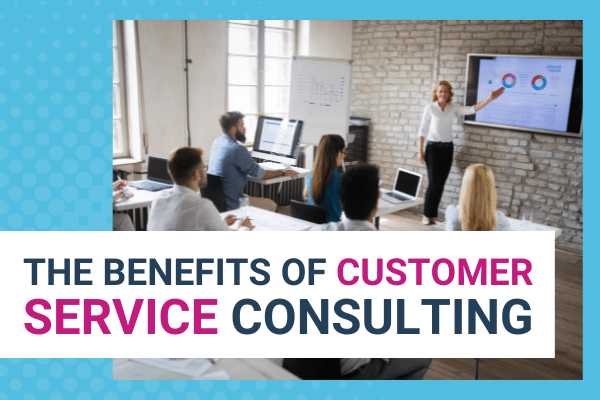
5 Reasons Why Your Brand Needs to Create An Omnichannel Experience
As consumers are being bombarded with media 24/7, we’re no longer taking a linear path with our purchasing behaviors or consumption patterns. Imagine you’re at a party and you compliment your friend on her new pair of jeans. She tells you they’re from Abercrombie & Fitch. Later that night, you see an ad on Instagram […]
5 Reasons Why Your Brand Needs to Create An Omnichannel Experience Read More »

